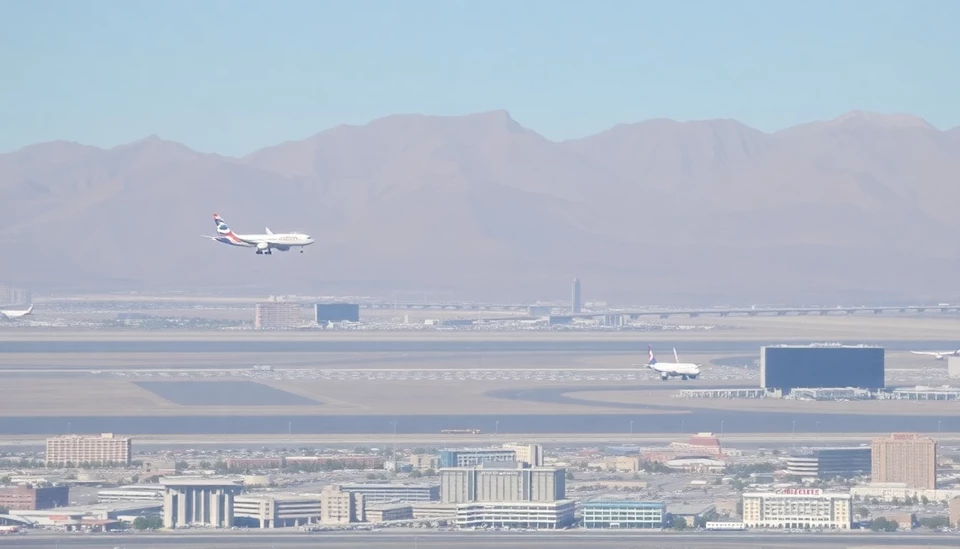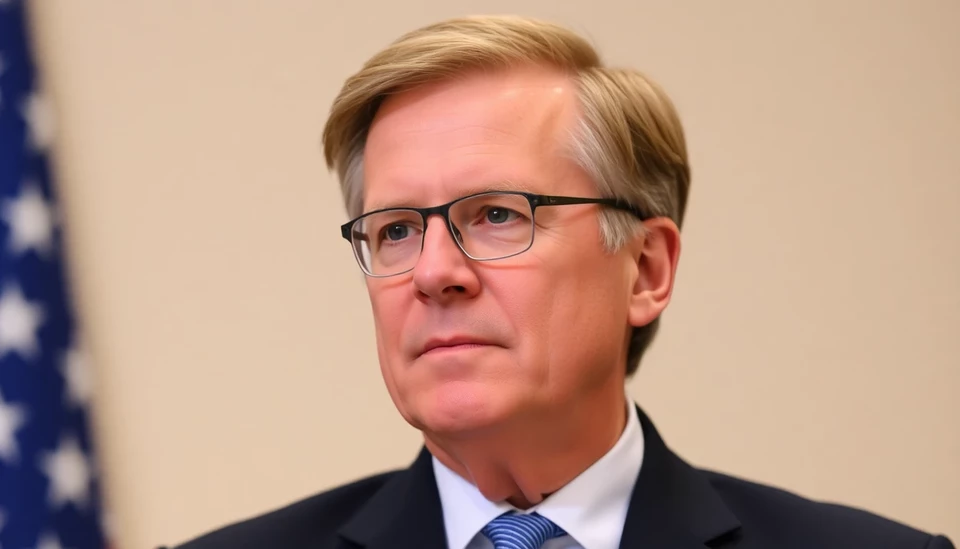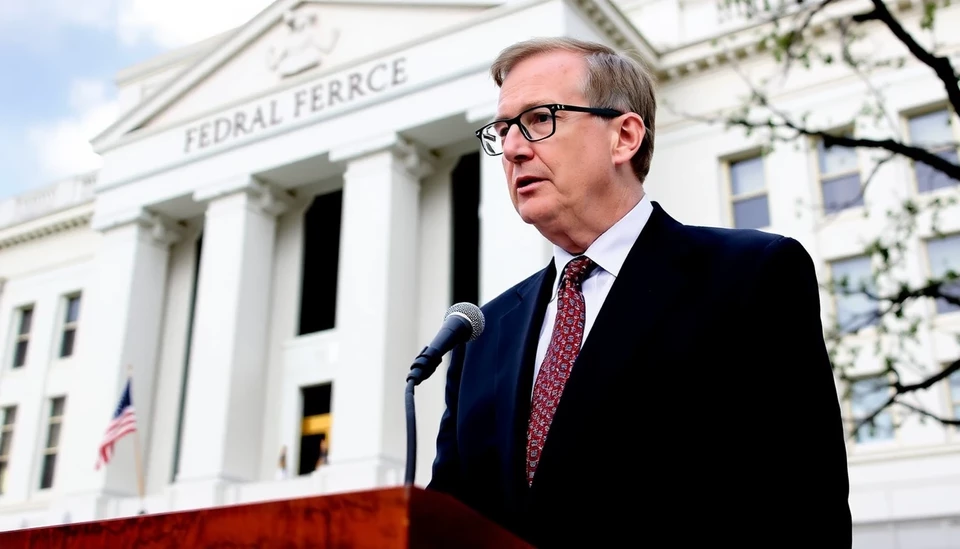
The Federal Aviation Administration (FAA) has initiated a comprehensive analysis of the operational safety at Las Vegas International Airport, driven by the escalation of air traffic and increasing concerns over potential runway incursions and mid-air collisions. This examination comes at a crucial time, as travel demand rebounds sharply following pandemic restrictions and the city's popularity as a tourist destination continues to soar.
In light of recent incidents around the nation and patterns observed in other busy airports, the FAA’s focus on Las Vegas could lead to crucial adjustments in safety protocols and air traffic management systems. Officials are particularly concerned about the collision risks that could arise from the ongoing spike in aircraft movements.
Las Vegas has consistently ranked among the top airports in terms of passenger volume in the United States, making the management of airspace around the facility a significant priority. The airport's unique geography and the surrounding developments add layers of complexity to its operational challenges.
The FAA's study will involve a meticulous investigation of the airport’s current traffic patterns, infrastructure capabilities, and overall safety measures. This study is part of a broader initiative aimed at enhancing safety across U.S. airports, especially those experiencing high passenger and flight volume.
As part of this effort, the FAA is expected to collaborate with local airport authorities and other stakeholders, providing recommendations that could potentially include changes in air traffic control practices, augmented technology for monitoring aircraft movements, or modifications to airport layouts.
Air traffic controllers at Las Vegas International Airport have already observed a notable increase in flight operations. With the level of activity igniting discussions around safety, the FAA's proactive approach is welcomed by industry experts who understand the critical nature of maintaining rigorous safety standards amid growth.
Responses from local airlines and ground services indicate a concerted effort to align with safety measures that could emerge following the FAA's findings. Stakeholders are keen on ensuring that operational practices are not only efficient but also conducive to minimizing risk.
With Las Vegas continuing to attract millions of visitors and businesses from around the globe, the FAA's investigation underscores the importance of addressing safety concerns head-on, ensuring that the airport can accommodate future growth without compromising on operational integrity or passenger safety.
This study is expected to take several months, with findings that could influence airport operations well into the future, shaping the trajectory for travel safety in one of America’s busiest travel hubs.
As the FAA delves deeper into its analysis, all eyes will be on Las Vegas to see how the airport adapts and evolves in response to the recommendations and safety protocols emerging from this critical evaluation.
With the potential for new regulations and operational adjustments on the horizon, Las Vegas International Airport stands at a pivotal juncture, balancing growth and safety in a rapidly changing aviation landscape.
#LasVegasAirport #FAA #AviationSafety #AirTrafficControl #AirportSafety #TravelNews #LasVegas #RunwayIncursions #CollisionRisks #AviationIndustry
Author: Victoria Adams




